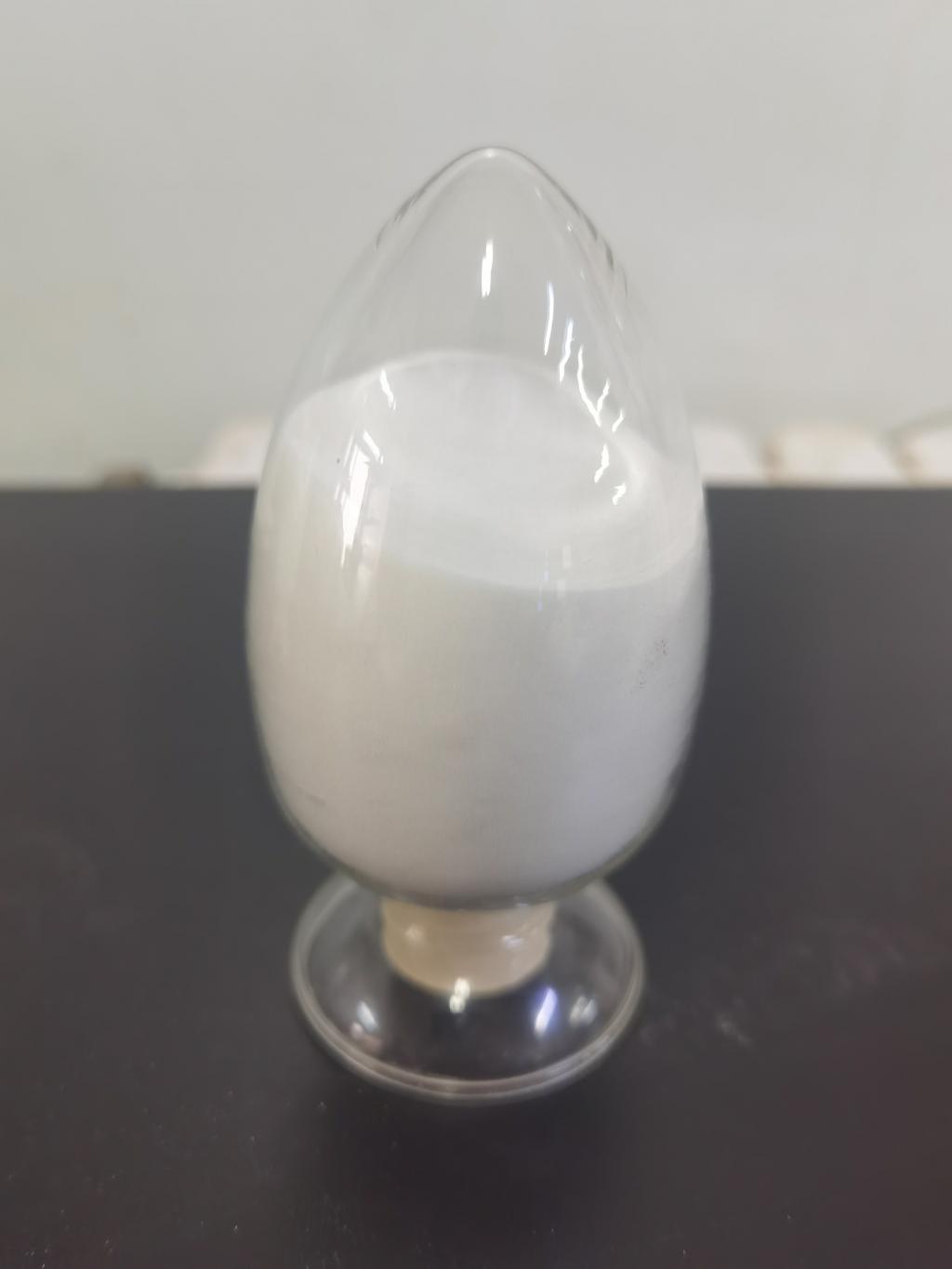Tel:+8618231198596

News
 CONTACT
CONTACT
 CONTACT
CONTACT
- Linkman:Linda Yao
- Tel: +8618231198596
- Email:linda.yao@dcpharma.cn
- Linkman:CHARLES.WANG
- Department:Overseas
- Tel: 0086 0311-85537378 0086 0311-85539701
News
ε-Polylysine Hydrochloride Factory Direct Sales: A Key Player in Ensuring Seafood Safety
TIME:2023-10-08
Understanding ε-Polylysine Hydrochloride
ε-Polylysine hydrochloride, commonly known as polylysine, is a natural antimicrobial compound produced by certain strains of bacteria, including Streptomyces albulus. It is a linear homopolymer composed of ε-amino-L-lysine residues linked by peptide bonds. Polylysine is water-soluble, heat-stable, and recognized as safe for consumption by regulatory agencies such as the U.S. Food and Drug Administration (FDA) and the European Food Safety Authority (EFSA).
Mechanism of Action
Polylysine's antimicrobial activity arises from its ability to disrupt microbial cell membranes and inhibit crucial cellular processes. Its primary mechanisms of action include:
Membrane Disruption: Polylysine molecules can interact with microbial cell membranes, leading to destabilization and increased permeability. This disruption compromises the integrity of the cell, causing leakage of cellular contents and eventual cell death.
Inhibition of Cellular Enzymes: Polylysine can inhibit microbial enzymes involved in essential metabolic processes, including DNA replication, protein synthesis, and cell wall formation. This interference disrupts microbial growth and reproduction.
pH Regulation: Polylysine can influence the pH balance within microbial cells, resulting in intracellular acidification. This altered pH environment disrupts cellular functions and inhibits microbial growth.
Applications in Ensuring Seafood Safety and Quality
Polylysine's unique properties make it an ideal candidate for preserving the safety and quality of seafood products. Its applications in the seafood industry encompass various products and stages of production:
Fish and Shellfish Preservation: Seafood products, including fresh and frozen fish fillets, shrimp, and oysters, are highly perishable and prone to microbial spoilage. Polylysine can be applied as a natural preservative to extend the shelf life of these products while maintaining their quality and safety.
Fish Processing: During processing, seafood can be exposed to various contaminants and potential sources of spoilage. Polylysine can be incorporated into processing brines or solutions to control microbial growth, ensuring product safety and minimizing losses.
Sushi and Sashimi: The popularity of sushi and sashimi demands strict food safety standards. Polylysine can be applied as a preservative in these raw seafood products to inhibit microbial contamination and ensure consumer safety.
Seafood Sauces and Dips: Sauces and dips complement seafood dishes but are susceptible to microbial spoilage. Polylysine can be added to these products as a natural preservative, preserving their freshness and safety.
Canned and Smoked Seafood: Canned and smoked seafood products face challenges related to spoilage and shelf life. Polylysine can be integrated into canning processes or applied as a surface treatment to inhibit microbial growth and extend product shelf life.
Benefits of Using ε-Polylysine Hydrochloride
The use of ε-polylysine hydrochloride in seafood safety and quality preservation offers numerous advantages:
Natural and Safe: Polylysine is a natural compound derived from bacteria, making it a safe and consumer-friendly choice for seafood preservation. It aligns with consumer preferences for clean-label and minimally processed seafood products.
Effective Preservation: Polylysine's antimicrobial properties are effective against a broad spectrum of bacteria, yeasts, and molds, making it a versatile and reliable preservative.
Minimal Impact on Flavor and Texture: When used at appropriate levels, polylysine has a minimal impact on the taste, texture, and sensory characteristics of seafood products, allowing them to maintain their desired qualities.
Extended Shelf Life: By inhibiting microbial spoilage, polylysine can significantly extend the shelf life of seafood products, reducing food waste and associated economic losses.
Enhanced Food Safety: Polylysine contributes to enhanced food safety by inhibiting the growth of pathogenic microorganisms, reducing the risk of foodborne illnesses associated with contaminated seafood.
Reduced Synthetic Preservatives: The use of polylysine as a natural preservative can reduce the need for synthetic chemical preservatives, aligning with consumer demands for cleaner labels and minimal additives.
Challenges and Considerations
While ε-polylysine hydrochloride offers significant benefits in seafood safety and quality preservation, several challenges and considerations must be addressed:
Optimal Usage Levels: Determining the appropriate concentration of polylysine for specific seafood products is crucial to achieve effective preservation without negatively impacting product quality.
Regulatory Approval and Labeling: The use of polylysine in seafood products may require regulatory approval and adherence to established guidelines and maximum residue limits (MRLs). Clear and accurate labeling is essential to inform consumers about its presence.
Consumer Perception: Despite its safety, some consumers may have concerns or misconceptions about polylysine. Efforts to educate the public must address these concerns and provide accurate information.
Integration into Production Processes: Developing effective methods for integrating polylysine into various seafood production processes is essential for consistent and reliable preservation.
Conclusion
ε-Polylysine hydrochloride's role in ensuring seafood safety and quality is a testament to its value as a natural and safe antimicrobial agent. As the seafood industry strives to meet growing demand while upholding stringent food safety standards, polylysine stands as a key player in addressing challenges related to microbial spoilage and contamination. Its applications in preserving seafood freshness and safety are essential in minimizing food waste and promoting the sustainability of the seafood supply chain. Further research, regulatory support, and industry adoption are necessary to harness the full potential of polylysine in ensuring seafood safety and quality for consumers worldwide.
- Tel:+8618231198596
- Whatsapp:18231198596
- Chat With Skype







